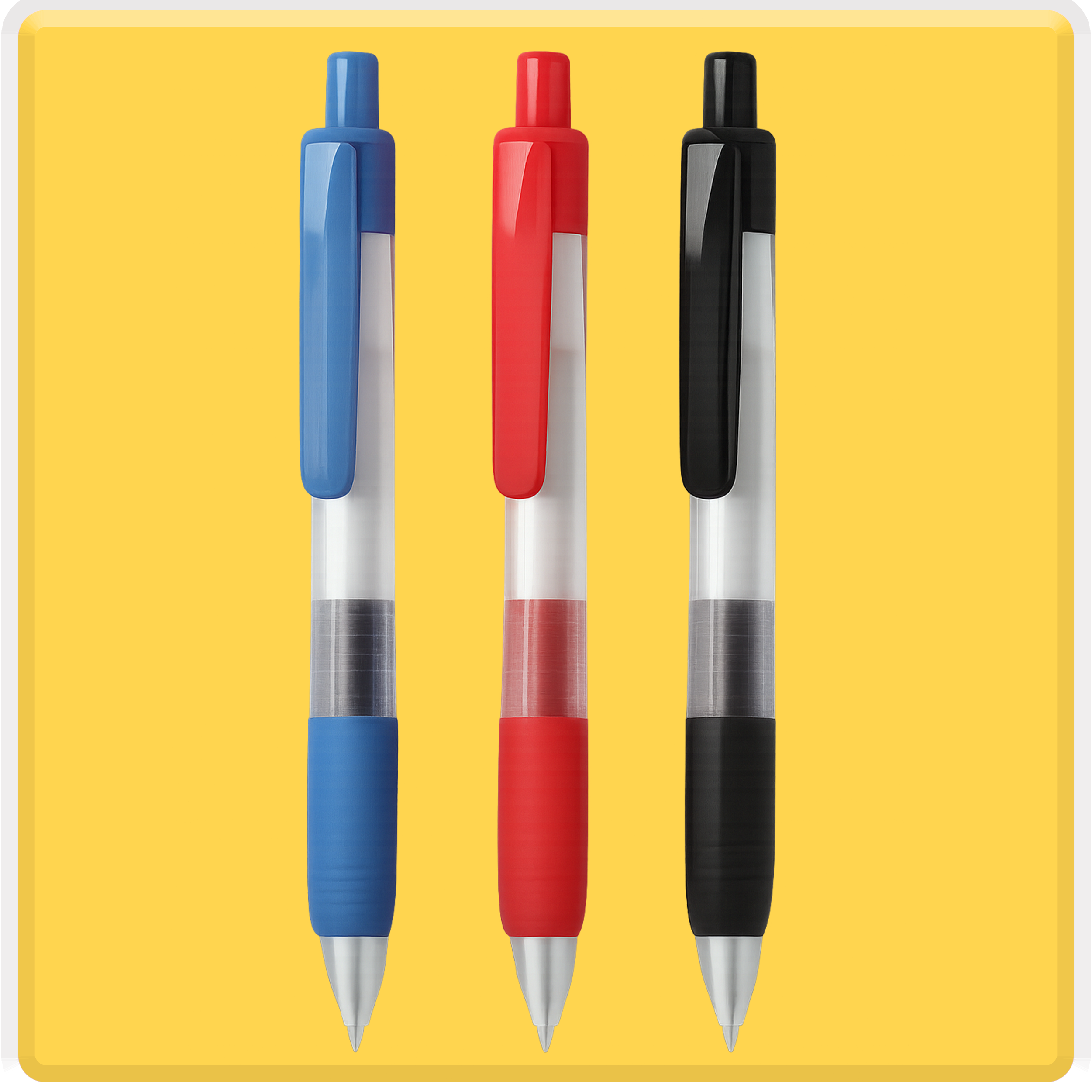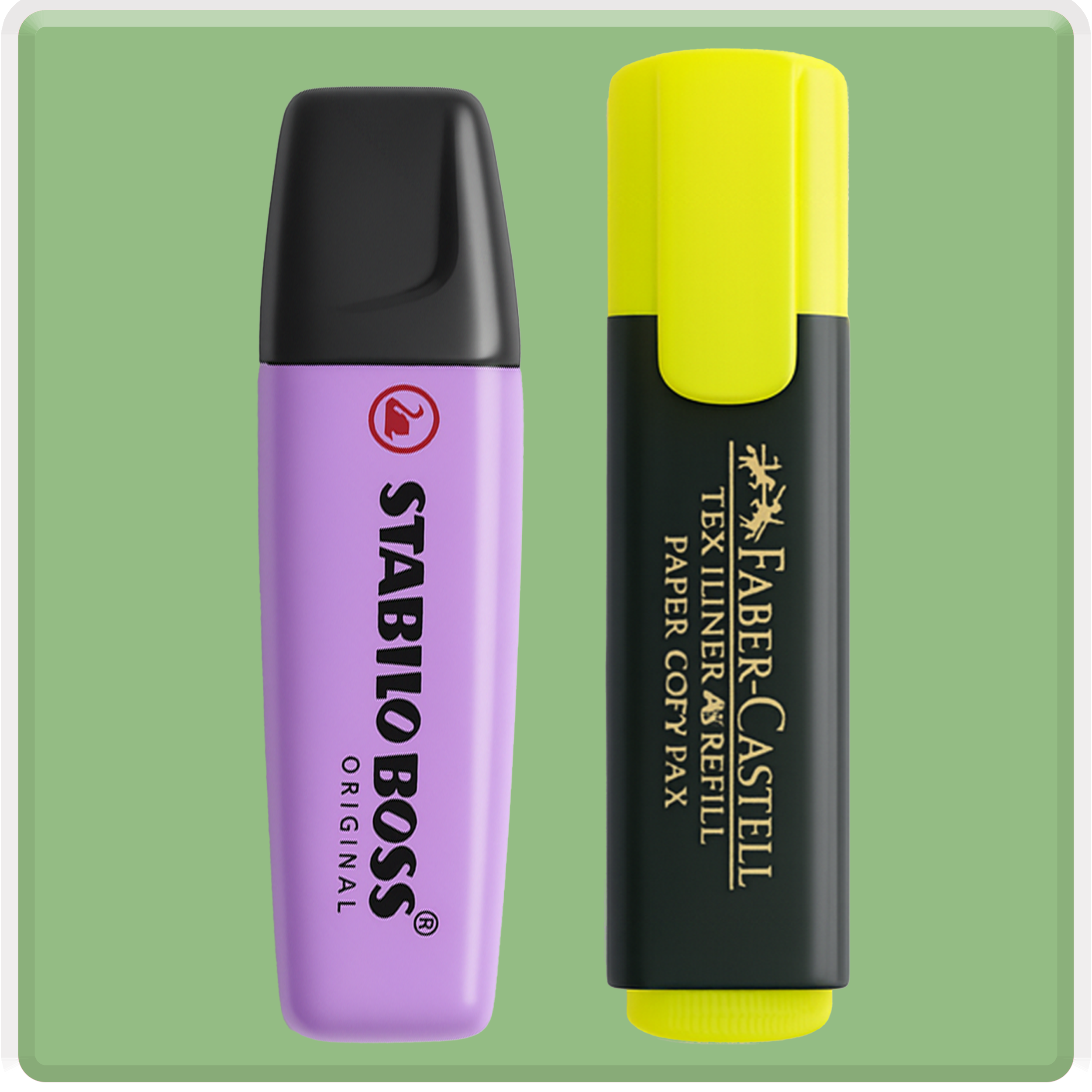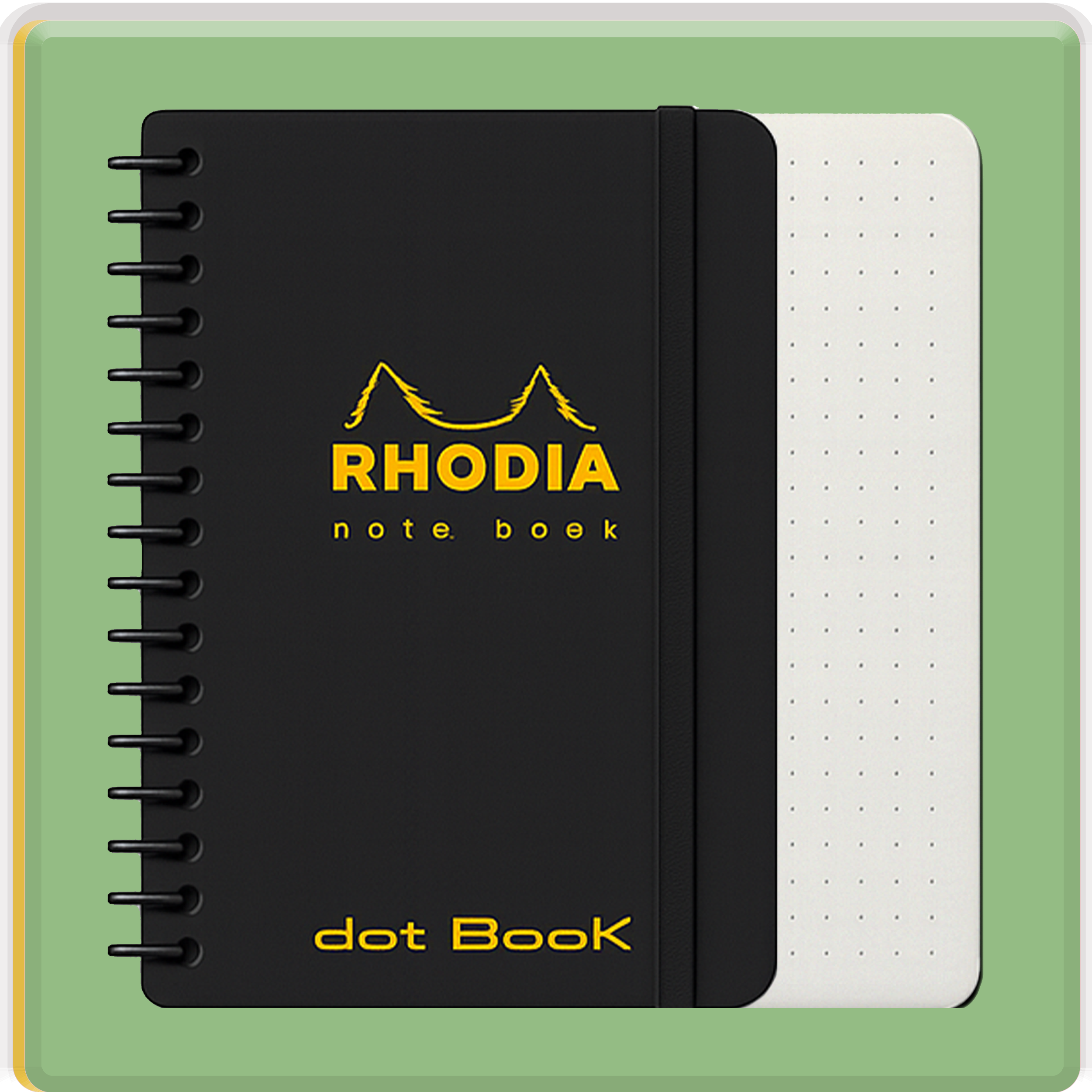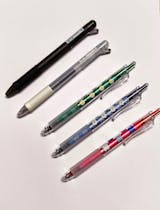
Writing has always been a big part of our being. Over time, the tools for putting thought to paper went from ancient scrolls to digitally sleek notes. Let us take a quick time trip through the evolution of writing instruments, from primitive quills to the smart pen of today.
Quills and Reeds: The True Ancient Times
Quills
During the Medieval times, they wrote with feathers—yes, actual bird feathers! These were called quills, most often made from the feathers of geese, swans, or turkeys. Quills could be cut to a very sharp point and held a lot of ink. Monks and scribes used them to compose beautiful handwritten books and documents.
Reed Pens
The Egyptians and Romans before quills used reed pens, which were made from hollow plant stems. They were not as flexible and durable, but they sure did the job writing on papyrus or early paper.
The Birth of Metal Nibs
In 1800, we upgraded to metal nib pens, which were practically unbreakable and did not require sharpening as often. For once, this was a far-reaching benefit: writing became easier and cheaper for everyone.
Dip Pens
These pens had detachable metal nibs. The writers would dip them in ink, write a few lines, and dip them again. They worked well, but they could get messy and were a bit inconvenient for long writing.
The Fountain Pen Revolution
Everything changed with the advent of fountain pens. Invented in the late 1800s, they had their own reservoir of ink, eliminating the need for dipping! Early models were known to leak or skip, but as the technology matured, so did the designs—and they became oh-so-stylish.
Fundamental Names to Know:
Obtain fame for creating beautiful and efficient fountain pens that people still collect nowadays: Waterman, Parker, and Sheaffer.
Modern Fountain Pens
Today's fountain pens are a combination of traditionalism with innovation. You can choose between nib sizes, refill them easily, and enjoy being part of a smooth custom writing experience. They are meant for people who cherish the art of writing.
The Boom of Ballpoint Pens
The ballpoint pen entered the scene around the mid-1900s. Conceived by László Bíró, it used a tiny, rolling ball to distribute ink evenly-never leaking, never making a mess.
Why Everyone Loved It:
- Very handy
- Dried fast
- Wrote on all kinds of surfaces
- No upkeep required
- Cheap and available, thanks to companies like Bic, and soon enough, they were all over homes, schools, and offices.
The onslaught of Rollerball and Gel Pens
Turning into many more shades in the late 20th century:
These became super famous for their bright colors and smooth ink flow. Students loved them for writing notes, doodling, or filling up planners. Ink dries fast and doesn’t smudge much.
These pens are a kind of cross between fountain pens and being easy to use at the same time. They write smoothly and effortlessly with liquid ink, so it's great for long hours of writing.
Welcome to the Digital Age
And here we are, living in a digitized age, where even pens have gone digital.
Smart Pens
These special pens can capture your handwritten notes and turn them into digital text. Some, like the Livescribe pen, can also record audio while you write—super handy for meetings or classes.
Stylus Pens
Used with tablets and phones, stylus pens let you write and draw directly on your screen. Brands like Apple, Samsung, and Microsoft have made them feel just like real pens—perfect for digital artists, note-takers, and anyone who prefers handwriting over typing.
Conclusion
From quills and ink pots to sleek styluses and smart pens, the way we write has greatly evolved with every passage in this journey to ease, speed, and personalization of writing.
There are a few things magical about writing by hand, regardless of how advanced technology becomes. It retains a link with our past, gives us an opportunity to express ourselves, and, one word at a time, it leaves a mark around the world.
Fancy collecting some timeless writing tools?
With Scooboo, you get the finest pens from times immemorial to present, each with its own story and history.









